Is Downtown L.A. Embracing New Urbanism?
As a construction boom transforms the city, California's capital of car culture is embracing the principles of density, walkability and verticality.
By Michael Abergel
 Los Angeles is the second-largest U.S. city by population, yet for decades its downtown lacked the look and feel of a “real” city. The sine qua non of urban life—density, walkability, night life, verticality—were conspicuously absent. A series of major developments began to breathe life into downtown L.A. as far back as the 1980s skyscraper boom, but it’s the projects currently underway that will accelerate the downtown’s urbanization and cement its big-city cred.
Los Angeles is the second-largest U.S. city by population, yet for decades its downtown lacked the look and feel of a “real” city. The sine qua non of urban life—density, walkability, night life, verticality—were conspicuously absent. A series of major developments began to breathe life into downtown L.A. as far back as the 1980s skyscraper boom, but it’s the projects currently underway that will accelerate the downtown’s urbanization and cement its big-city cred.
The city’s downtown is in the midst of its largest construction boom in nearly a century, owing to an influx of foreign investment and its emergence as a hot spot for tech and creative firms. Recent and current construction includes towers that will significantly alter L.A.’s skyline, Wilshire Grand Center, which became the tallest building west of the Mississippi last September when it topped out at 1,100 feet above street level. Korean Air and Hanjin Development Corp’s $1.1 billion project will encompass 400,000 sf of office space and a 900-key hotel, the InterContinental Los Angeles Downtown, when it opens later this year.
Fortunately for L.A., an archaic fire-safety regulation requiring buildings to be flat-topped for helicopter evacuations was dropped so the spire-crowned Wilshire Grand could move forward, ending an era of “architectural mediocrity” and setting the stage for the City of Angels to morph into the City of Angles.
More towers are in the pipeline, most notably the $1 billion mixed-use development planned by the Chinese investor Oceanwide Real Estate Group. Scheduled for completion in 2019, the project will comprise 500 condominiums, 183 hotel guest rooms and 450,000 square feet of retail, all contained in two 40-story towers and a 49-story tower.
Shaping the Skyline
Soaring buildings and impressive skylines aren’t necessarily New Urbanist concepts, but skylines make cities postcard-worthy and are an inseparable part of their identity.
Downtown’s construction boom also includes retail, hotels, offices, mixed-use developments, restaurants, and condos and apartments. Living close by to work, shopping, entertainment, and mass transit is a New Urbanist ideal that’s gaining traction, even though the city has long been considered “the capital of car culture.”
What does L.A.’s urbanization mean for its future? Already, L.A. is confronting the predictable but intractable problems that most big cities face—a dearth of affordable housing; displacement of lower-income tenants; discussions about the need and relevance of parking structures (including alternatives to the ubiquitous “parking podium”); balancing new development and preservation (it’s tricky).
Because of the cost of construction and land, any new residential project has to be geared toward higher-end. And with thousands of rental units under constructions, there are concerns that the city’s downtown is getting overbuilt. If that’s the case, it’s likely there will be a gradual pullback or slowdown as opposed to a sudden and complete stall-out. That could very well happen since voters defeated Measure S in March, which would have put a two-year moratorium on large-scale development projects.
Bottom line: Growth in downtown L.A. is happening swiftly but sustainably. Downtown is putting in place all the elements that transform it into the kind of city Millennials flock to, but downtown development—to paraphrase GQ magazine—is not a bet on “hipsterism.” It’s a bet on urbanism as the way of the future.
Michael Abergel is managing director of BBG, a national commercial real-estate valuation, advisory and assessment firm.

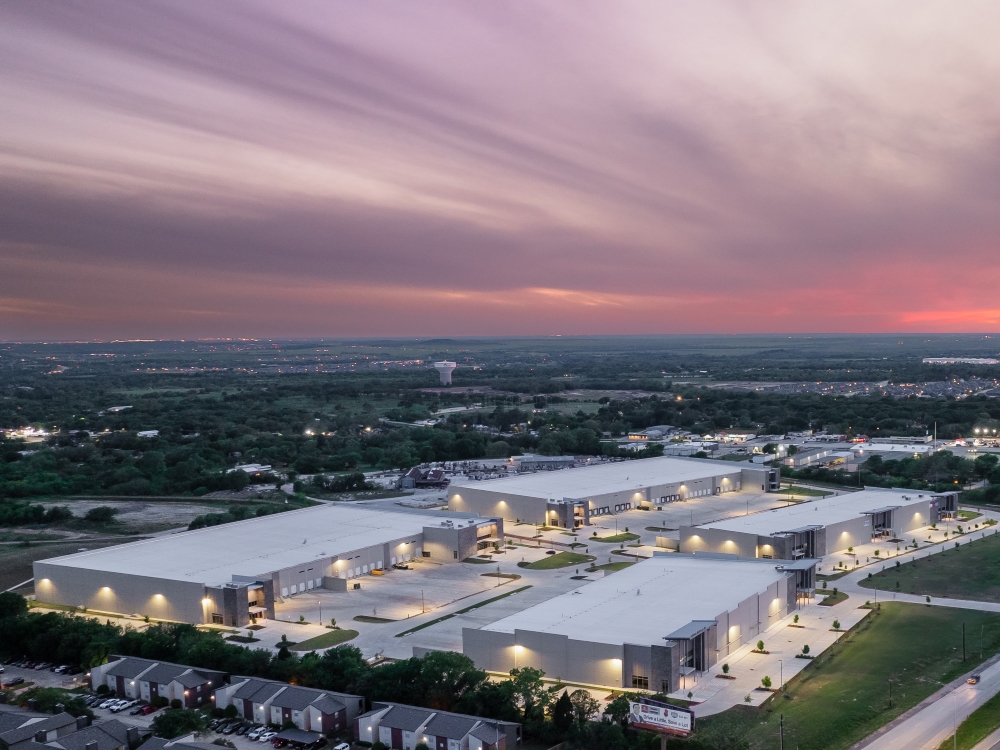

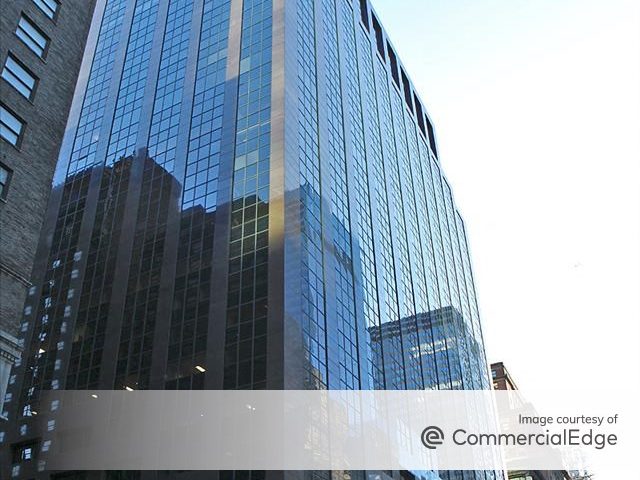
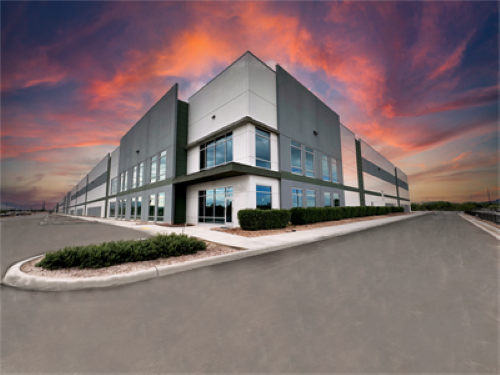
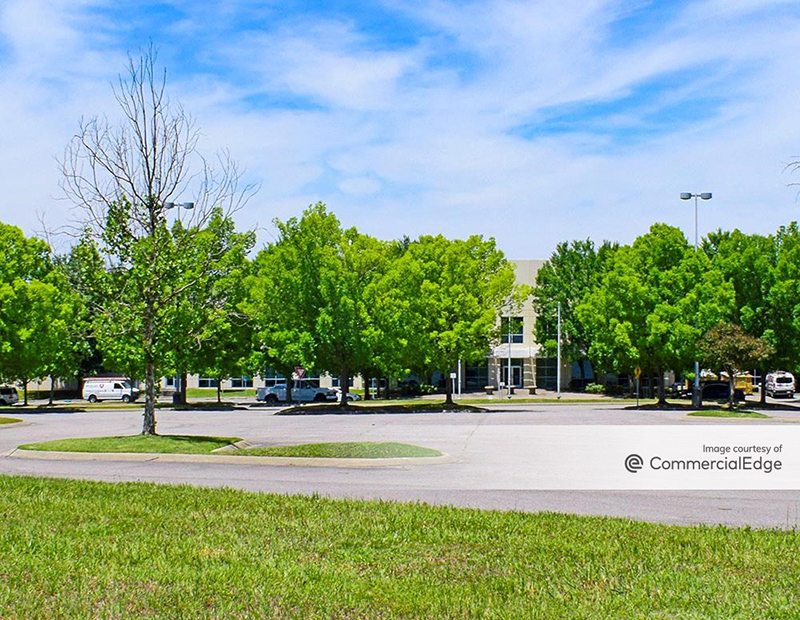
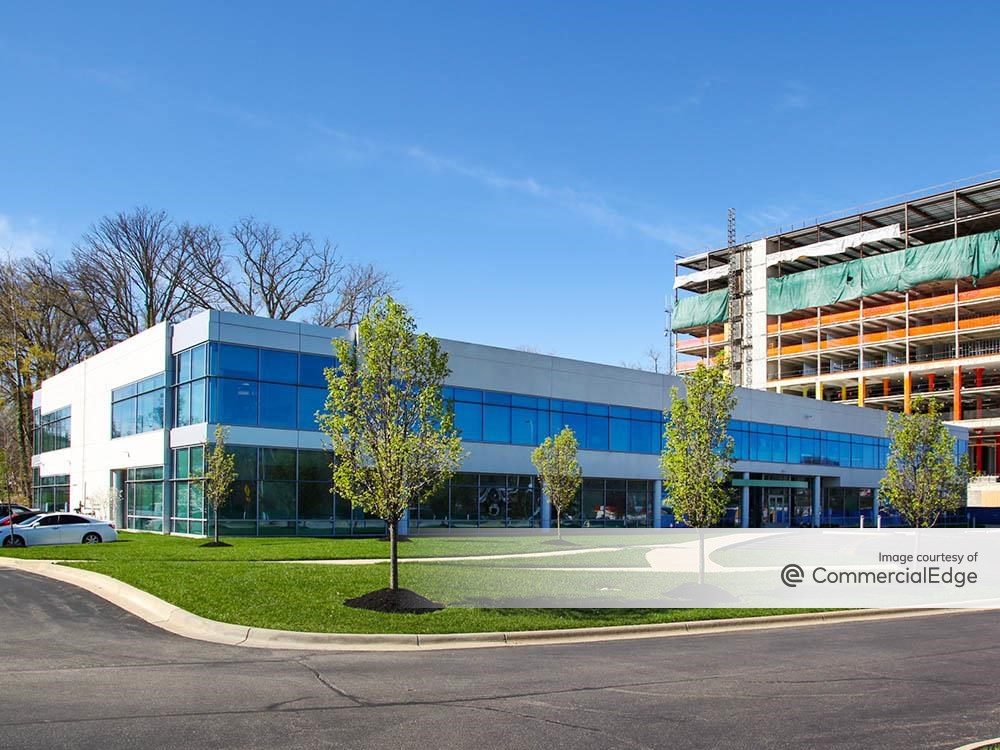
You must be logged in to post a comment.